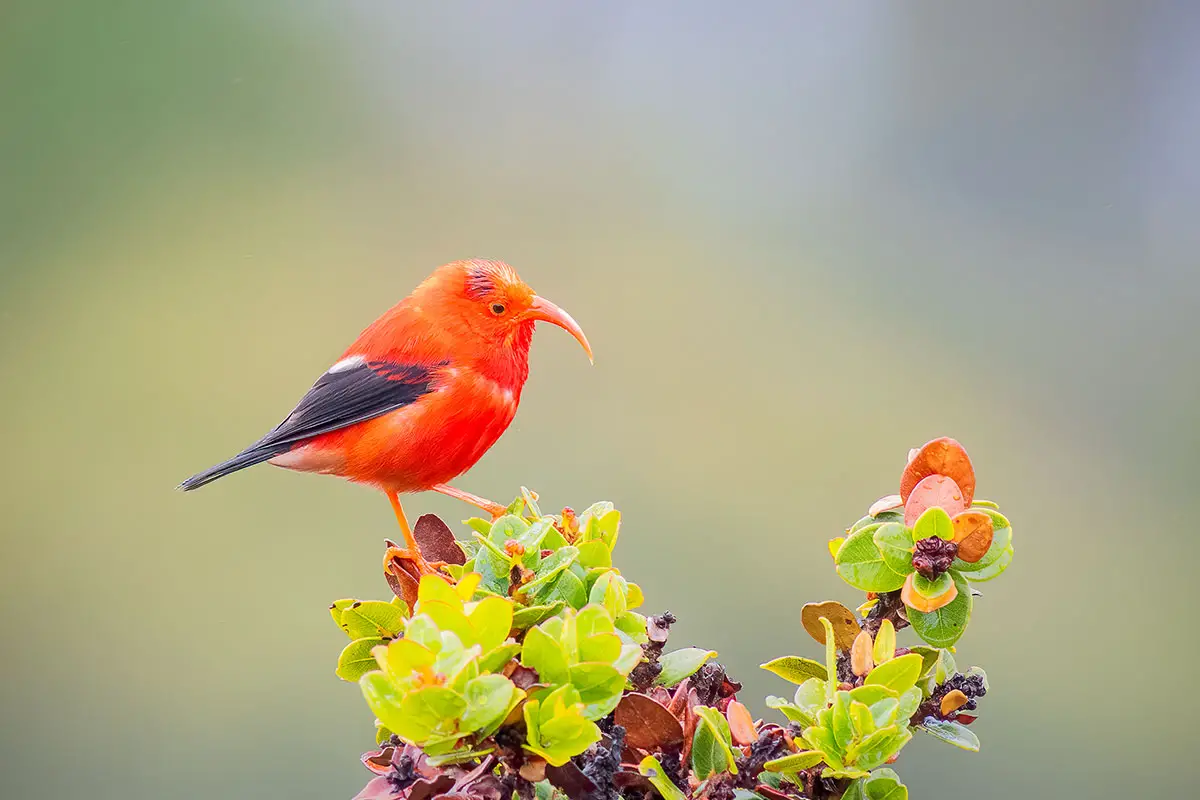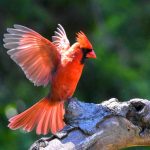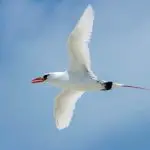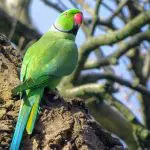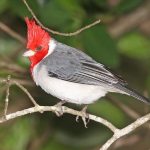Pollination is a crucial process for maintaining the vitality and diversity of plant life in Hawaii. The islands are home to a vast array of unique plant species and flowers that require the assistance of animal pollinators to ensure successful reproduction. The absence of these pollinators would result in the decline and eventual extinction of many of these plant species.
Key Points
- Hawaii’s unique ecosystem relies heavily on animal pollinators to maintain its plant diversity.
- The native honeycreeper birds, including the ‘i’iwi and ‘apapane, are among the most important pollinators in the islands.
- Insects, such as native bees and wasps, also play a crucial role in pollinating many native plant species.
7 Types of Pollinators in Hawaii
In Hawaii, certain animal species have emerged as critical pollinators, each with their own vital role to play in the ecosystem. Among them are the endangered ‘i’iwi bird and the Hylaeus bee, along with several other species that are essential for the survival of native plant populations.
Each species is adapted to pollinate specific types of flowers, making them crucial for the continuation of a diverse range of plant life on the islands. By recognizing and preserving the role of these important pollinators, we can ensure the continued health and resilience of Hawaii’s unique ecosystem.
1. ‘I’iwi (Drepanis coccinea)
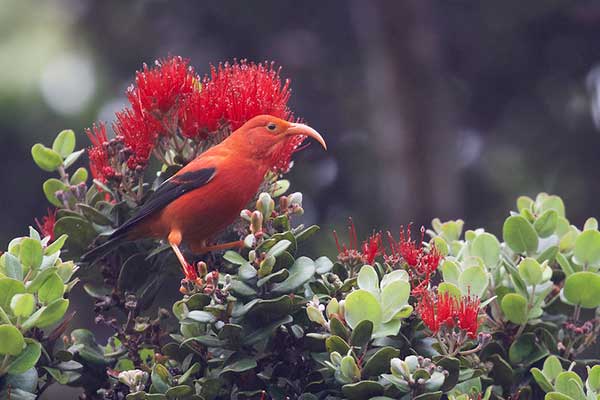
Common name: Scarlet honeycreeper
Status: Endangered
The ‘i’iwi is one of several types of native honeycreeper birds that is found in the high-elevation forests of the Big Island, Maui, and Kauai. The bird’s long, curved bill is specialized for feeding on the nectar of tubular flowers, and it is a primary pollinator of many native plant species.
2. ‘Apapane (Himatione sanguinea)

Status: Not Listed
The ‘apapane is another native honeycreeper bird that is found throughout the islands, from sea level to high elevations. Like the ‘i’iwi, it has a specialized bill for feeding on nectar, and it is an important pollinator for many native plant species.
3. Hylaeus bee (Hylaeus sp.)
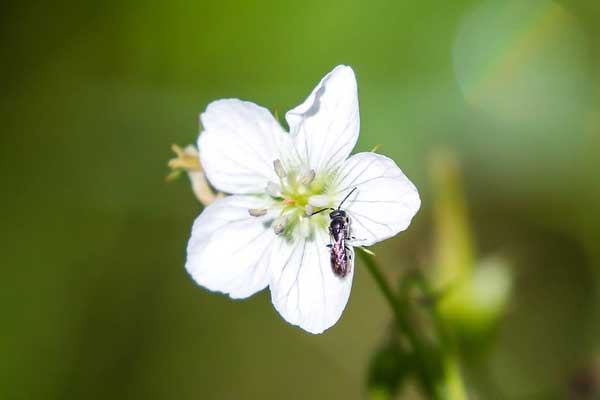
Status: Endangered
The Hylaeus bee, also known as the yellow-faced bee, is a native bee species that is found throughout the islands. They are important pollinators of many native plant species, particularly those with small flowers. Unfortunately, many species of Hylaeus bee are now endangered due to habitat loss and other threats.
4. Kamehameha butterfly (Vanessa tameamea)
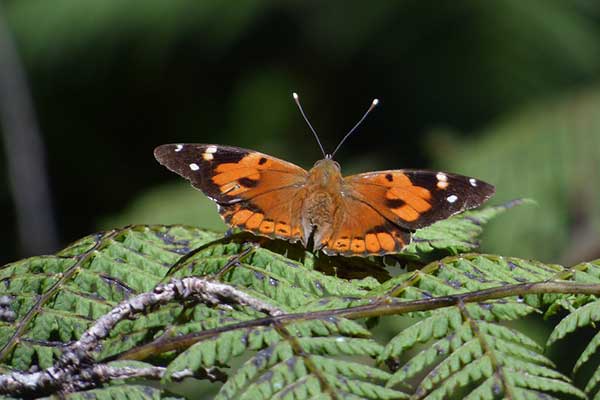
Status: Endangered
The Kamehameha butterfly is a native butterfly species that is found only in Hawaii. They are important pollinators of many native plant species, particularly those with large, showy flowers. Unfortunately, the species is now endangered due to habitat loss and other threats.
5. Sphinx moth (Hyles lineata)
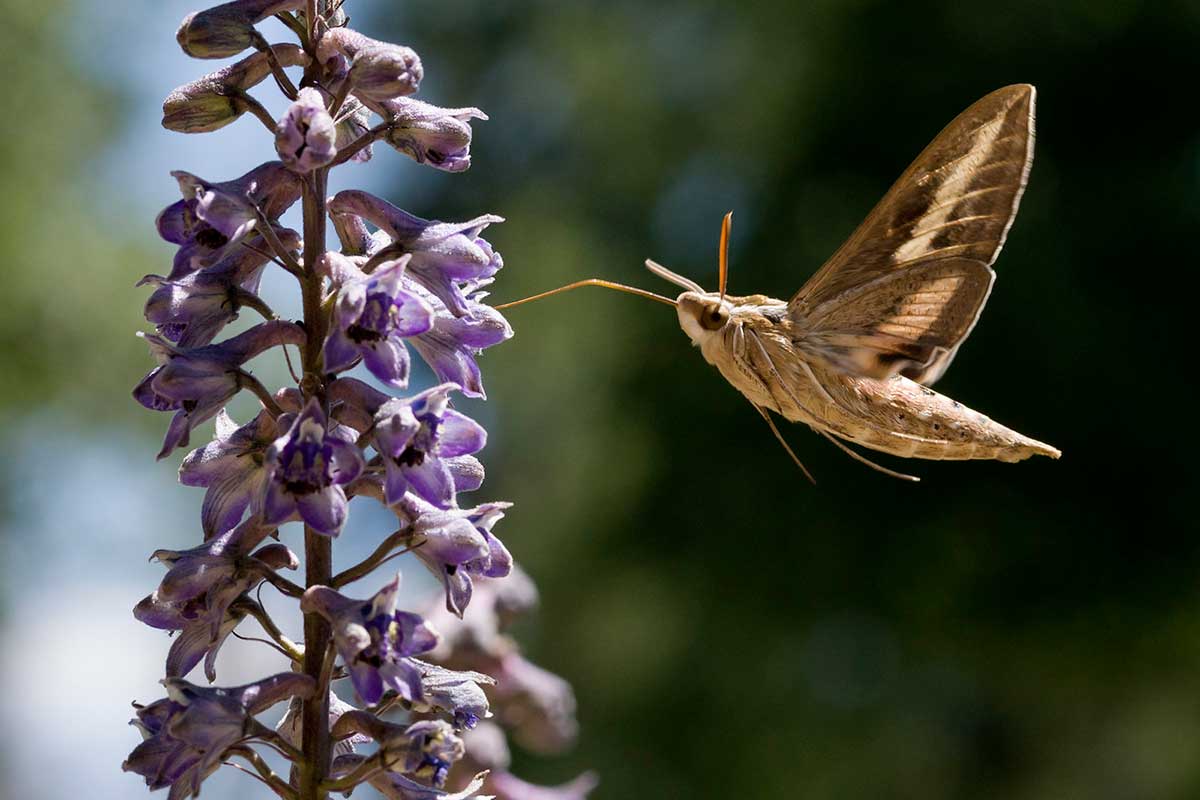
Status: Not Listed
Common name: Hummingbird moth
The Sphinx moth is a native moth species that is found throughout the islands. They are important pollinators of many native plant species, particularly those with large, white or cream-colored flowers. The moth’s long proboscis allows it to reach the nectar deep within these flowers.
6. Other insects and animals:
In addition to the above species, many other insects and animals play a role in pollinating native plants in Hawaii. These include various species of bees, wasps, flies, beetles, and other birds in Hawaii.
Although they may not be as well-known or as important as the honeycreepers, these species are still critical for maintaining the health and diversity of Hawaii’s unique ecosystem.
The Absence of Hummingbirds in Hawaii
Despite their ubiquity on the mainland, hummingbirds are notably absent from Hawaii’s ecosystem. The reason for this is that hummingbirds are not strong fliers and cannot make the long oceanic journey to the islands.
This has resulted in an interesting evolutionary phenomenon in which other bird species, such as the honeycreeper, have adapted to fill the niche that hummingbirds would otherwise occupy.
While honeycreepers have similar beak structures to hummingbirds, they have distinct differences in their feeding habits and the flowers they pollinate.
This means that the absence of hummingbirds in Hawaii has had a significant impact on the islands’ pollination ecology. Without hummingbirds, certain types of flowers that are pollinated by these birds, such as red and tubular flowers, have had to adapt to being pollinated by other bird species or insects.
The absence of hummingbirds has also contributed to the evolution of unique plant species on the islands. Plants that would have otherwise relied on hummingbirds for pollination have evolved to become more self-sufficient or to rely on other pollinator species. This has led to the emergence of endemic plant species that are found only on the Hawaiian islands.
Overall, the absence of hummingbirds in Hawaii has had both positive and negative impacts on the islands’ ecosystem. While it has resulted in the evolution of unique species and adaptation to new pollination strategies, it has also meant that certain types of flowers are less commonly found on the islands and may be less well-adapted to local pollinators.
Hawaiian Plants and Flowers
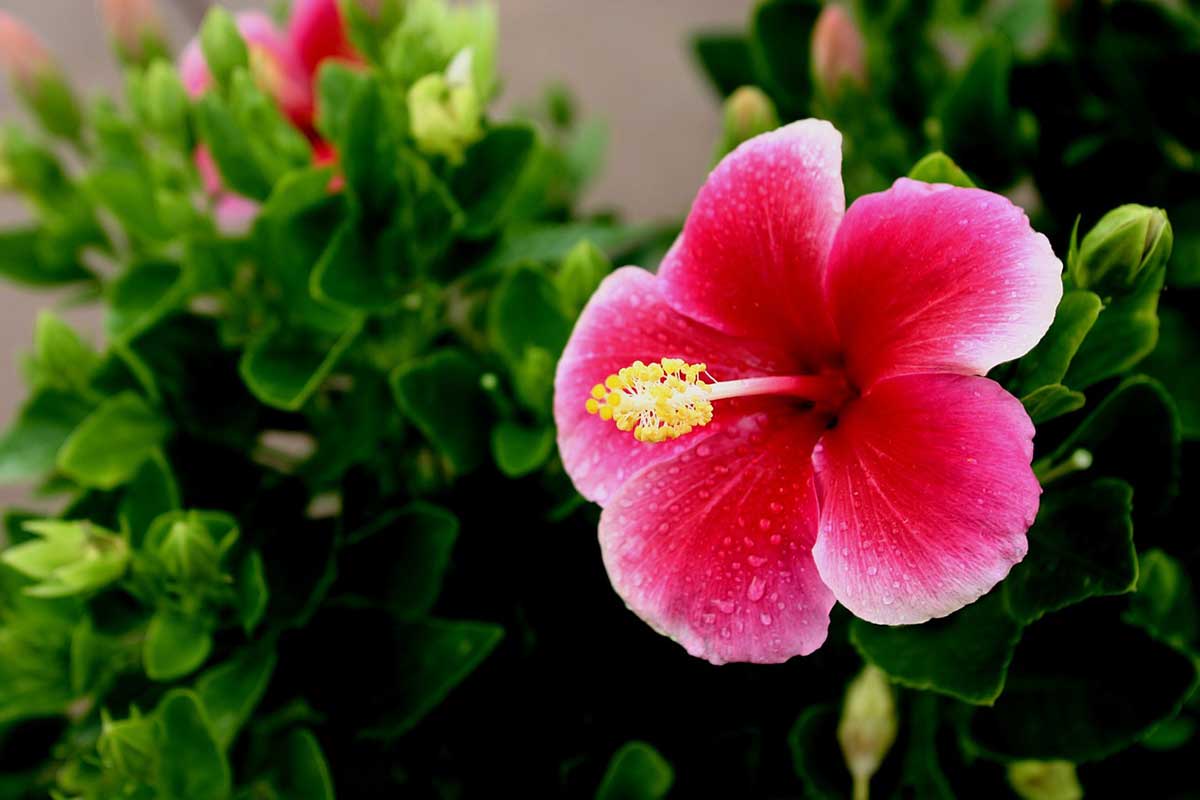
The Hawaiian islands are known for their lush and beautiful flora, which provides a rich source of food and habitat for pollinators such as bees, birds, and insects.
Among the many flowers that grow on the islands are the bright yellow hibiscus and the fragrant pink plumeria, both of which are celebrated for their beauty and cultural significance.
Other popular Hawaiian flowers include the red and yellow ohia lehua, the blue morning glory, and the white and pink naupaka. Each of these flowers is unique in shape, color, and scent, making them attractive to different types of pollinators.
For example, bees may be drawn to flowers with bright colors and sweet fragrances, while birds with long beaks may prefer tubular flowers with nectar deep inside.
By preserving and protecting the diverse plant species found on the Hawaiian islands, we can ensure that pollinators have access to the food and habitat they need to thrive.
The beauty and ecological significance of these plants serve as a reminder of the importance of maintaining the delicate balance of Hawaii’s natural ecosystems.
